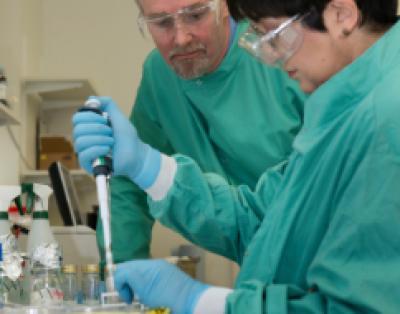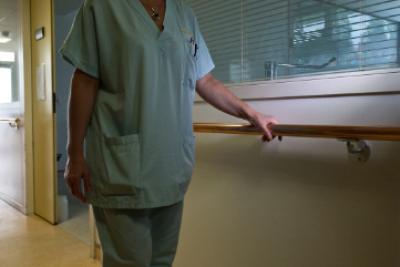New research from the University of Southampton shows that copper and copper alloys will rapidly destroy norovirus – the highly-infectious sickness bug.
The virus can be contracted from contaminated food or water, person-to-person contact, and contact with contaminated surfaces, meaning surfaces made from copper could effectively shut down one avenue of infection.
Worldwide, norovirus is responsible for more than 267 million cases of acute gastroenteritis every year. There is no specific treatment or vaccine, and outbreaks regularly shut down hospital wards and care homes, requiring expensive deep-cleaning, incurring additional treatment costs and resulting in lost working days when staff are infected. Its impact is also felt beyond healthcare, with cruise ships and hotels suffering significant damage to their reputation when epidemics occur among guests.
Professor Bill Keevil, Chair in Environmental Healthcare at the University of Southampton and lead researcher, presented his work at the American Society for Microbiology's 2013 General Meeting last week. The presentation showed norovirus was rapidly destroyed on copper and its alloys, with those containing more than 60 per cent copper proving particularly effective. The contamination model used was designed to simulate fingertip-touch contamination of surfaces.

The authors were Professor William Keevil and Sarah Warnes of the University of Southampton.
(Photo Credit: University of Southampton)
Professor Keevil from the University's Institute for Life Sciences, says: "Copper alloy surfaces can be employed in high-risk areas such as cruise ships and care homes, where norovirus outbreaks are hard to control because infected people can't help but contaminate the environment with vomiting and diarrhoea.
"The virus can remain infectious on solid surfaces and is also resistant to many cleaning solutions. That means it can spread to people who touch these surfaces, causing further infections and maintaining the cycle of infection. Copper surfaces, like door handles and taps, can disrupt the cycle and lower the risk of outbreaks."

This is a copper handrail in use.
(Photo Credit: University of Southampton)
Source: University of Southampton